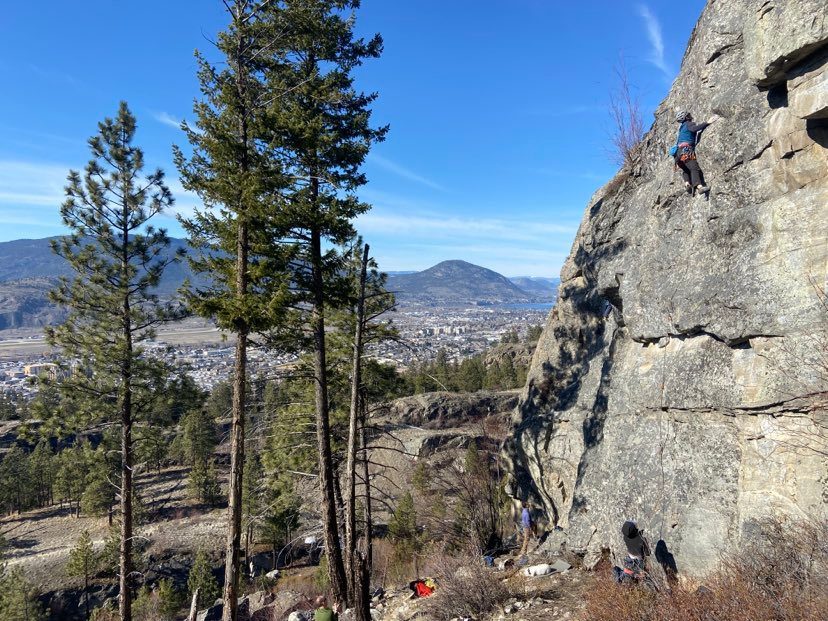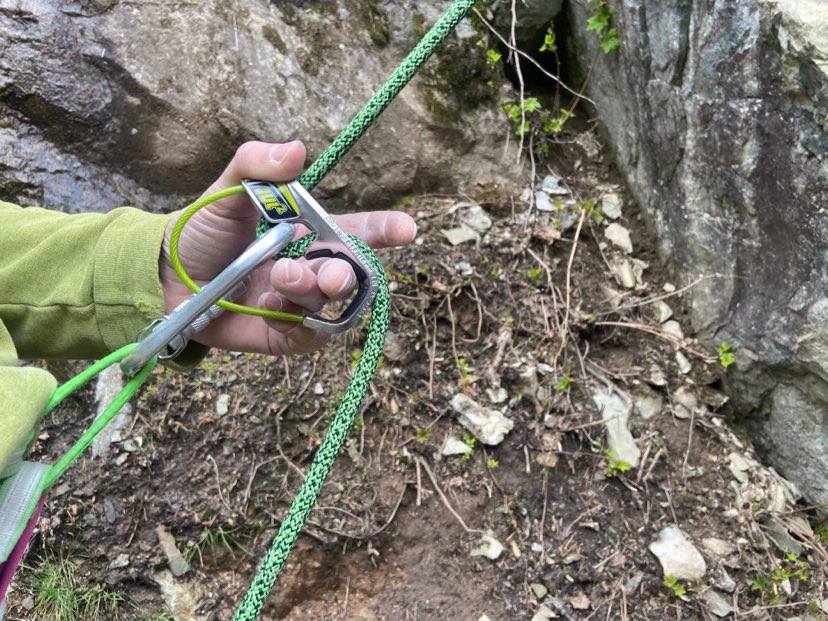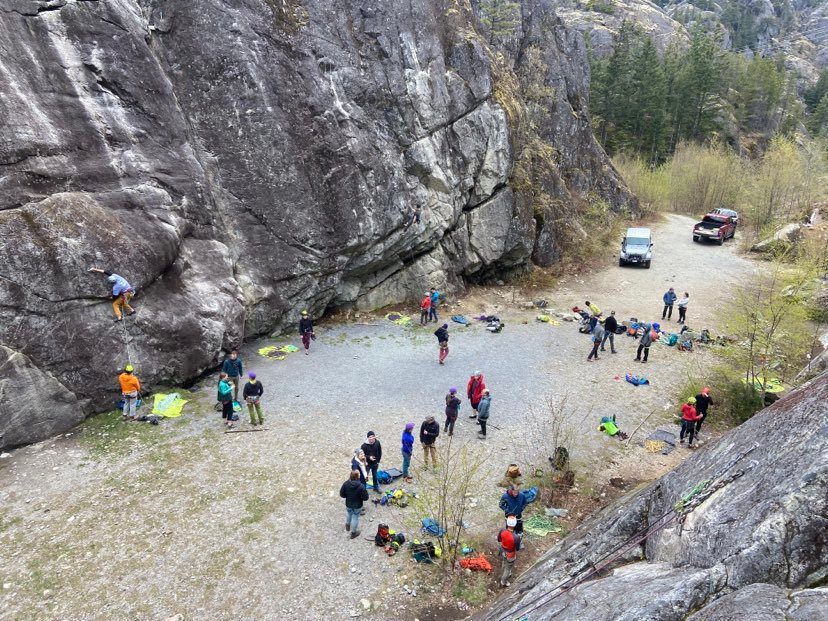Rock Climbing Tips For Safe and Fun Crag Days
There's nothing better than long days at the crag filled with climbing and socializing
 Photo by: Brandon Pullan at Skaha
Photo by: Brandon Pullan at Skaha
It’s mid-spring and by now most climbers have visited their local crag or hit the road for a summer destination. Crags are busy and parking lots are full, so having a plan before you leave home will help you have a successful day at the crag.
Busy Days: Be prepared for crowds and show up early. With crags getting busier, it pays to bring the most updated guidebook so that you can find a potentially quieter wall. Have a plan-b if the parking lot is full.
Check Your Knots: Always check your knots before you climb. Always check your partner’s knot before they climb. Triple check knots before you weight the rope after cleaning an anchor. Safety should be the number one priority at the crag.
Be a Good Belayer: Don’t stand far away from the bottom of the climb. Always be thinking of where you’re going to go if the lead climber falls. Don’t short-rope and don’t give a hard catch.
Communication: Don’t let the excitement of climbing outdoors cloud your judgment. Good communication with your belayer is key. Know your calls, from “on belay” to “secure.” When you’re at the top and threading the rope to be lowered, make sure your belayer knows to take in the slack.

Weather: It’s spring so be prepared for sudden rainstorms and changing weather depending on where you are. If you’re hiking to a higher elevation to climb, remember that it will probably be colder and windier.
Wear a Helmet: These days most climbers get their start indoors and transition outdoors. You don’t have to wear a helmet indoors because there are foam floors, the bolts are not far apart, the holds are bolted to the wall and everyone is looking out for everyone. But outdoors, bolt distances vary, hitting the ground is a possibility, routes meander and create rope management nightmares, holds can break and things can fall from above. There are far more hazards at a sport crag than at your local gym. Always wear a helmet.
Loose Rock: The freeze/thaw process set into motion by cold temperatures is one of the main contributors to loosening rock. If you’re climbing a loose route, check every hold with a little tap before trusting it. If you accidentally knock a rock off, then yell “rock!”
Gear and Food: From rope bags and stick clips to belay glasses and belay gloves, be sure to pack all of the equipment that will make long crag days more comfortable. Also bring water and snacks for those between-climb times.



